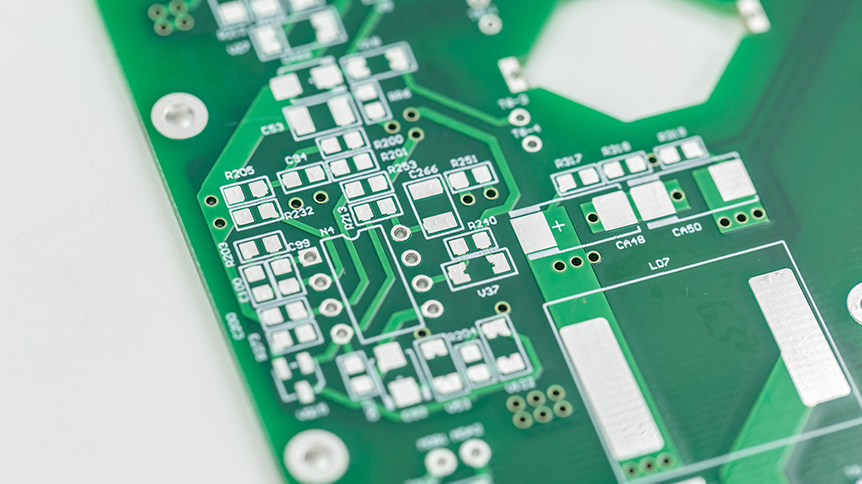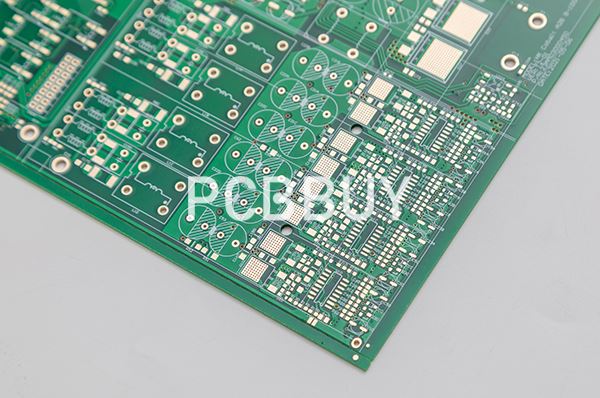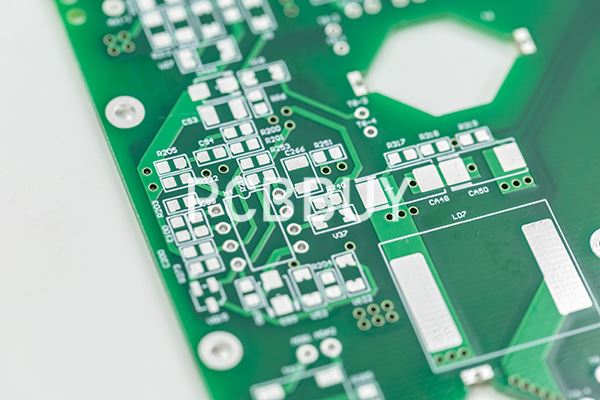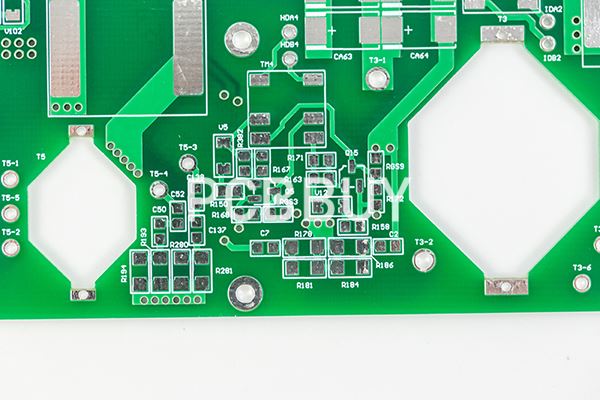What Are the Issues of PCB Signal Integrity?
By:PCBBUY 02/26/2024 16:01

When we have signal integrity issues in a PCB, it may not work as desired. It may work in an unreliable manner – works sometimes and sometimes not. It may work in the prototype stage, but often fail in volume PCB production; it may work in the lab, but no reliably in the field; it worked in older production lots, but fails in new production lots, etc.
Do you know signal integrity basics for PCB engineers? If you are looking for more information about signal integrity basics for PCB engineers, please check and read the content below in this passage.

What Are the Issues of PCB Signal Integrity?
PCB signal integrity issues mainly include signal reflection, crosstalk, signal delay, and timing errors.
Reflection
When the signal is transmitted on the transmission line, when the characteristic impedance of the transmission line on the high-speed PCB does not match the source impedance or load impedance of the signal, the signal will be reflected, causing the signal waveform to overshoot, undershoot and the ringing phenomenon caused by it. Overshoot refers to the first peak (or bottom) of the signal transition. It is an additional voltage effect above the power supply level or below the reference ground level. Undershoot refers to the signal jump change to the next valley (or peak). Excessive overshoot voltage often impacts the device for a long period of time, causing damage to the device. Undershoot will reduce the noise margin. Ringing increases the time required for signal stabilization, which affects system timing.
Crosstalk
In PCB, crosstalk refers to the undesired noise interference caused by the electromagnetic energy through the mutual capacitance and mutual inductance coupling to the adjacent transmission line when the signal propagates on the transmission line. It is caused by interaction of different structures of the electromagnetic field in the same area. Mutual capacitance causes coupling current, which is called capacitive crosstalk; while mutual inductance causes coupling voltage, which is called inductive crosstalk. On the PCB, crosstalk is related to trace length, signal line spacing, and the condition of the reference ground plane.
Signal delay and timing error: The signal is transmitted at a limited speed on the wires of the PCB, and the signal is sent from the driver to the receiver, with a transmission delay in between. Excessive signal delays or mismatched signal delays can lead to timing errors and disrupted logic device functionality.

What are the signal integrity issues in PCB?
Frequency
At low frequencies, you should not experience any major problems with signal integrity. However, with increasing signal speeds, you get higher frequencies, which can affect both the analog and digital properties of the system. You may experience reflections, ground bounce, crosstalk and ringing at higher frequencies, which can seriously damage the integrity of your signal.
If you anticipate higher frequencies, you need to consider transmission line effects on the I/O signaling in your board design.
Speed
Naturally, the relationship between speed and frequency is one you need to keep in mind. Lower speeds mean lower frequencies and fewer signal transmission problems, while faster speeds mean higher frequencies and the attendant problems that can come with them.
Length
Another issue to consider when it comes to transmission and signal integrity is the length of the transmission medium. The longer the transmission medium, the greater the chance there’s some type of signal loss.
Fortunately, these and most other signal integrity issues can be counteracted by a quality design and by keeping some basic layout guidelines in mind when designing your printed circuit boards.

What factors are responsible for signal integrity problems?
Factors like characteristics of the signal, system impedance, propagation delays, attenuation, crosstalk, voltage fluctuations, and electromagnetic interference contribute to signal distortion resulting in signal integrity problems.
Signal characteristics: Ideally, a digital signal is a square wave but practically, it takes some time for the signal to switch from one state to another. So, that is the reason, there is always a degree of signal distortion present. The rise time of the signal determines the maximum data transmission rate that is possible and is often measured by evaluating the signal knee frequency. The goal of the circuit designer is to realize a circuit with a flat response at all frequencies up to the knee frequency.
Interconnect effects: Ideal interconnect only introduces a delay in the signal, but practically, it also changes the timing and amplitude of the signal. This deviation is called jitter and amplitude noise, respectively.
Impedance: Changes in the impedance that a signal sees cause reflections, ringing, and distortion. The degree of interference intensifies with the increase in the signal frequencies associated with digital circuits. PCB trace branches, line stubs, connector pins, and vias all create impedance discontinuities.
Propagation delay: Signals that travel different distances or through different mediums do not arrive at their destination at the same time. These discrepancies, called signal skew, cause signal sampling errors, particularly at high clock frequencies.
Industry Category











